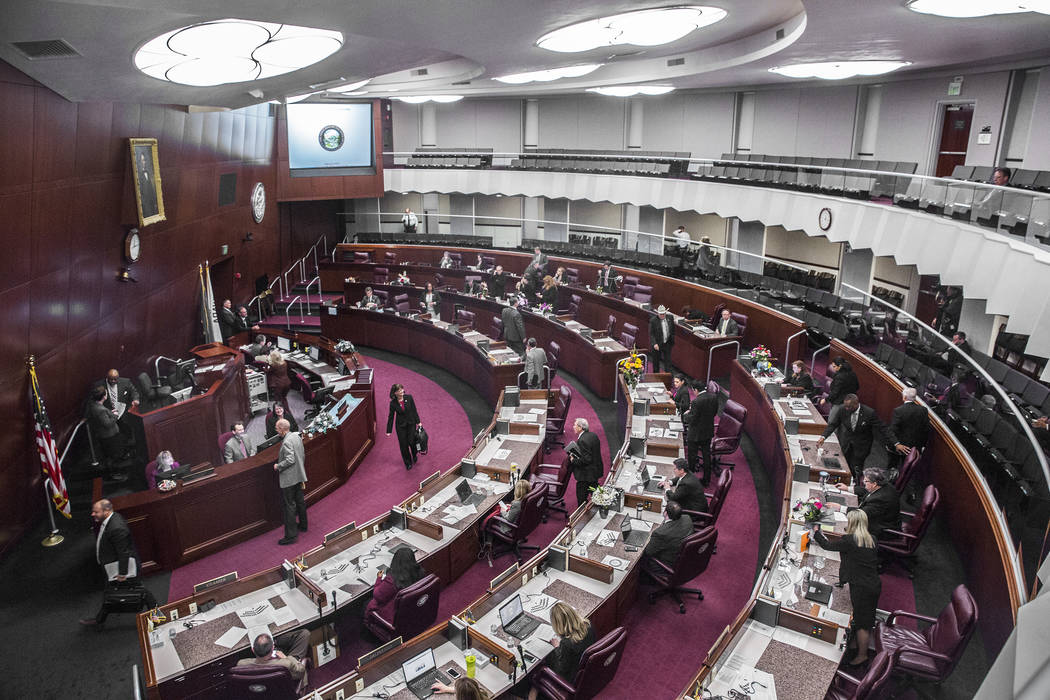EDITORIAL: Nevada redistricting committee no magical solution
When Massachusetts Gov. Elbridge Gerry signed a bill in 1812 creating state legislative districts that favored the Democratic-Republican Party, little did he know he had unleashed a controversy that would still rage two centuries later. Thanks to a critical cartoon in the Boston Gazette, the term “gerrymandering” was born.
The term has been in the news of late, as the U.S. Supreme Court ruled in July that “partisan gerrymandering claims present political questions beyond the reach of the federal courts.” In other words, the power to draw districts resides with state lawmakers, not judges.
As the nation’s politics have become increasingly divisive, disputes among Democrats and Republicans over legislative lines have heightened. In response, 21 states — including California and Arizona — have created commissions, with varying degrees of autonomy, to handle or oversee the process.
With that in mind, the League of Women Voters Nevada on Monday filed paperwork in Carson City for a proposed constitutional amendment to create a “bipartisan, independent redistricting commission” that would take over the job of drawing Nevada’s state legislative and congressional districts every decade. “People need to feel like the person representing you actually represents you,” explained Sondra Cosgrove, the group’s president.
If the proposal makes the ballot, voters would have to approve it in 2020 and 2022 before it became law.
Under the plan, the majority and minority leaders of both the state Senate and Assembly would each appoint one member of the panel and those four would appoint three additional members, none of whom could be a registered Republican or Democrat. The amendment would also ban political candidates, lobbyists and judicial branch employees from serving and dictate that meetings be open to the public.
In theory, the concept sounds appealing. But critics argue that such boards are often neither independent nor nonpartisan and that members lack the accountability of elected officials. “Let’s be honest,” one GOP lawmaker in Arizona told a Phoenix TV station in 2015, “that commission is as political as anything you’re ever going to see.”
In addition, the reality of demographics and voting patterns makes it virtually impossible to ensure that each district is competitive or reflects some statistical mirror of the Nevada citizenry. “Probably two-thirds of the congressional districts nationwide,” Alan Greenblatt wrote in Governing magazine, “are going to be safe for one party or the other, regardless of who draws the line.”
Whether Nevada voters will embrace the creation of a state redistricting commission remains to be seen. But they shouldn’t buy the idea that it will be a magical panacea. Perhaps the best that can be hoped for is that the reform slightly limits the politics in an inherently political process. Anything more is wishful thinking.

















